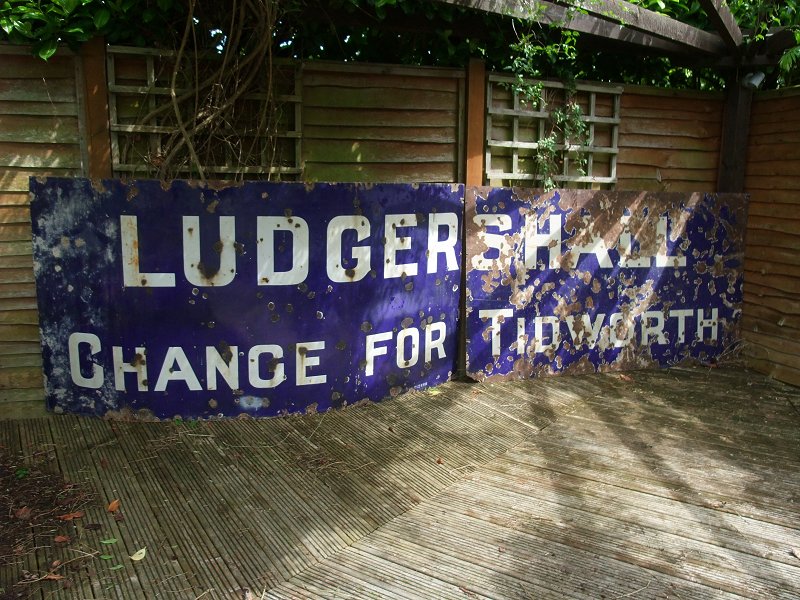
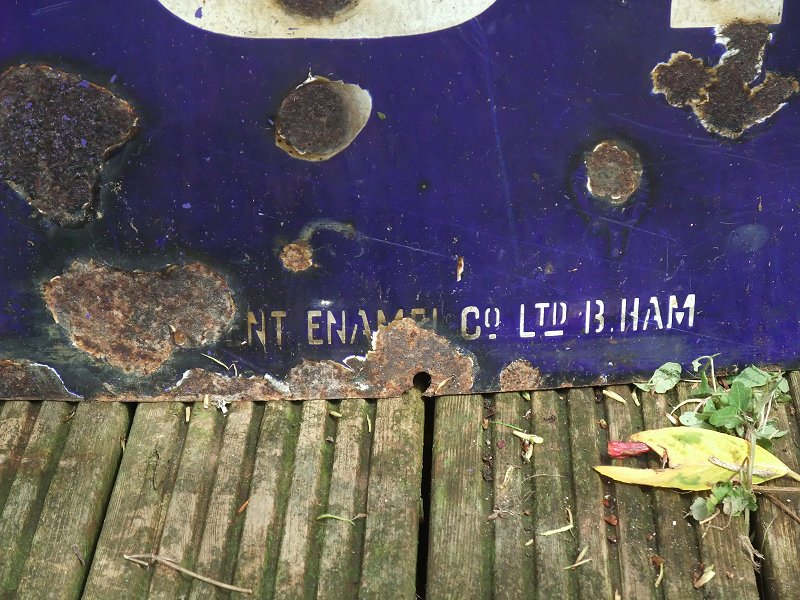
The iron running in board was made by the Patent Enamel Company Limited in Birmingham.
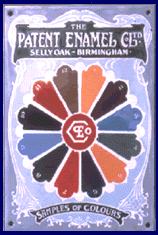
A railway siding ran into the factory, which also had its own canal arm and stables. It is believed that the factory was decommissioned and demolished in the 1960's.
Following co-founder Benjamin Baugh's lead, other firms sprang up throughout Britain. Some of the largest, whose names can still be found in the small print on many signs, were Chromo of Wolverhampton, Imperial of Birmingham, The Falkirk Iron Co., and Bruton's, Wood and Penfold, Burnham's (subsequently Onyx), and Garnier's (the latter two still in operation), all of London.
Much historical and technical data is based on information supplied by Ivor Beard , a director of the late Patent Enamel Co., he being the last of three generations of his family to work there, his grandfather having been a co-founder with Benjamin Baugh. He recalls the hey-day of enamel sign manufacture during his boyhood and how during his working life he watched, with regret, the decline in demand which he claims coincided particularly with the end of railway expansion.
He recalls several attempts to revitalise the industry by mergers between companies, notably the big three - Patent, Chromo and Imperial. But these measures came to nothing with the onset of the Depression years.
Further problems and crises during and after WWII included an acute steel shortage, when rationing precluded the use of this vital commodity for advertising purposes. Aluminium, which was cheaper and more readily accessible, served as an alternative for a while, but true enamel sign making on the grand scale was gone forever by the 1950s.
Also, at this time many of the old enamel sign plants were taken over by manufacturers of baths and cookers for their in-factory enamelling facilities. Amalgamations and single company franchise of petrol stations and breweries meant that fewer types of signs were needed and thus orders were denied to the industry. Simultaneously trade was being constantly lost as small businesses, such as ice-cream makers, bakers and manufacturers of soft drinks declined in the face of competition from large combines (which anyway favoured other advertising techniques). The demise of the small firm and the development of chain stores - although some of these e.g. Walter Willson still used enamels to advertise - meant that the small local enamelling firms also went out of business for lack of custom.
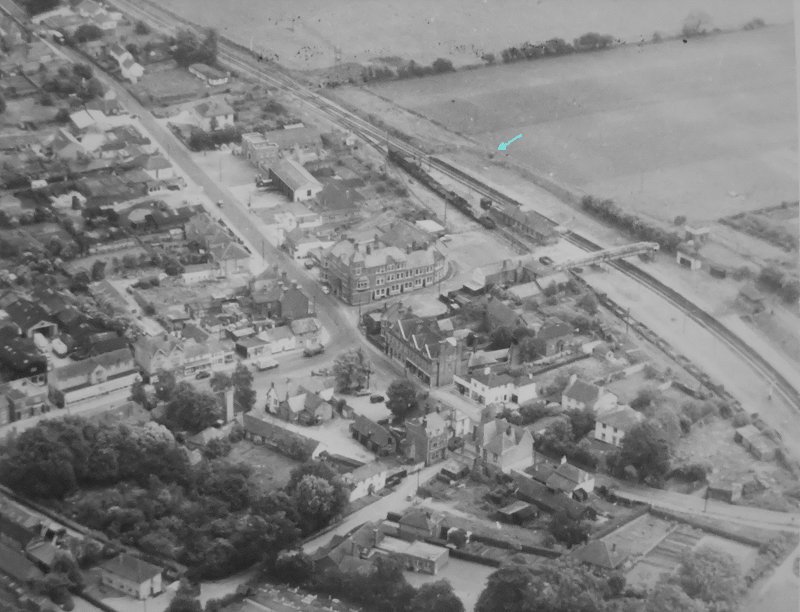
Ludgershall looking south-west. The left hand piece of the running in board was located at the arrow.
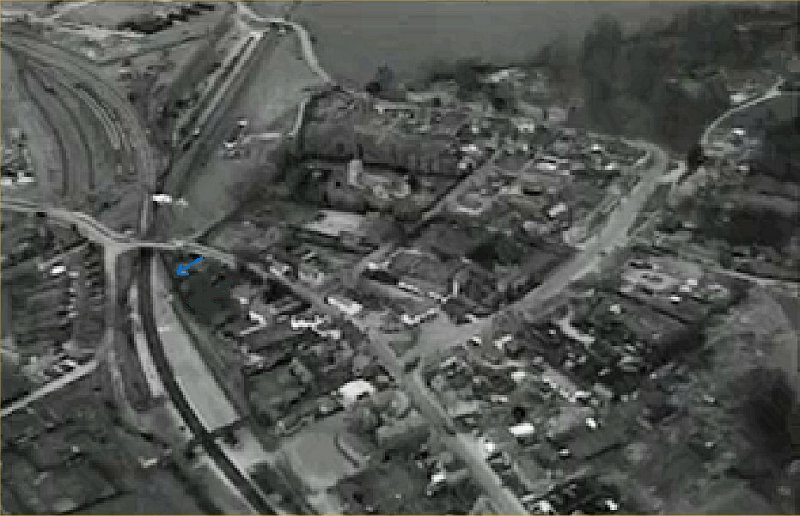
Ludgershall looking north. The right hand piece of the running in board was located at the arrow.
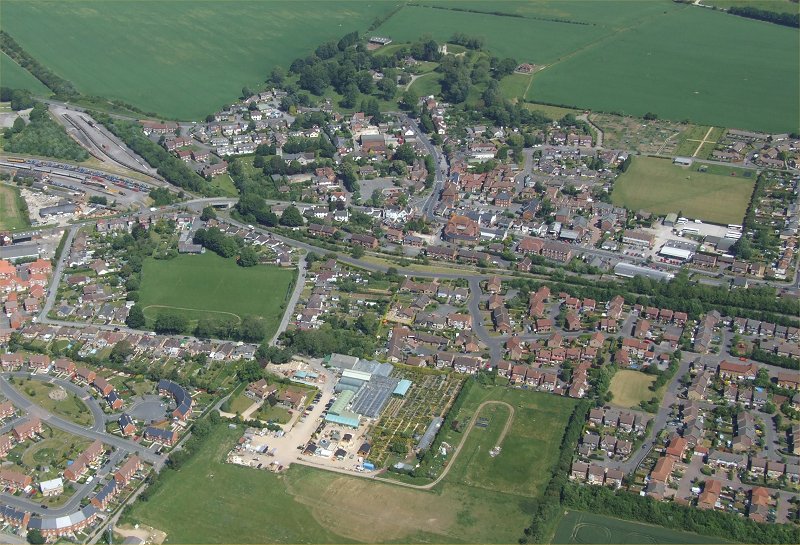
Ludgershall today
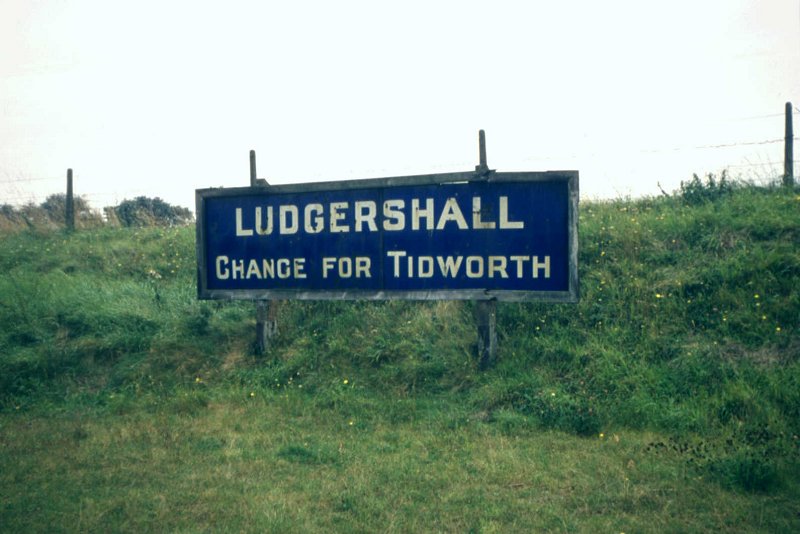
The running in board at the Weyhill end of the station in place c.1960
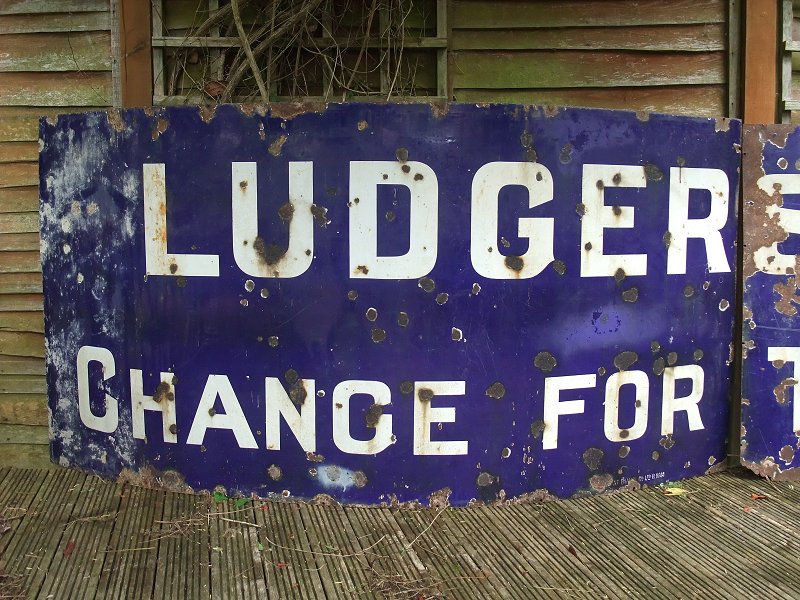
The running in board today.
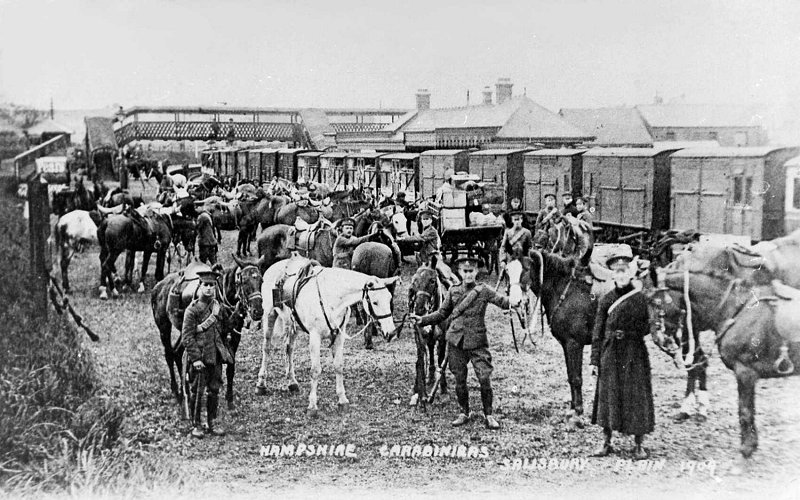
A running in board can be seen in place on the left in 1909, but c.3 years before the new one was installed.
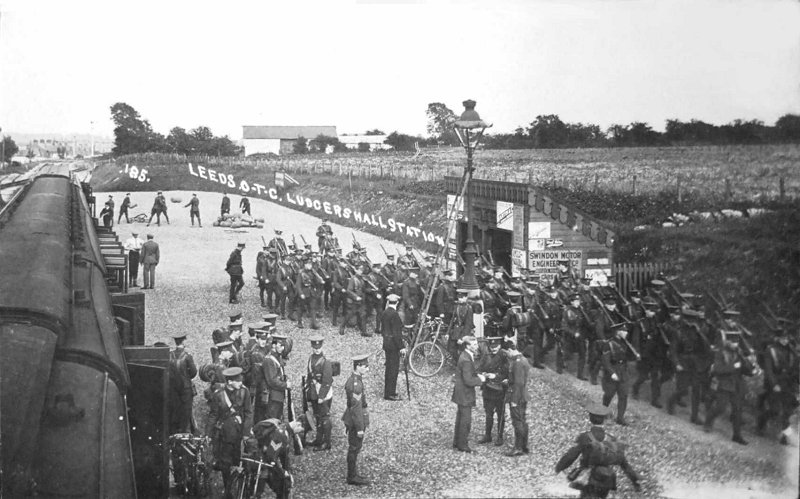
The running in board can be seen at the southern end of the platform in this and the following pictures.
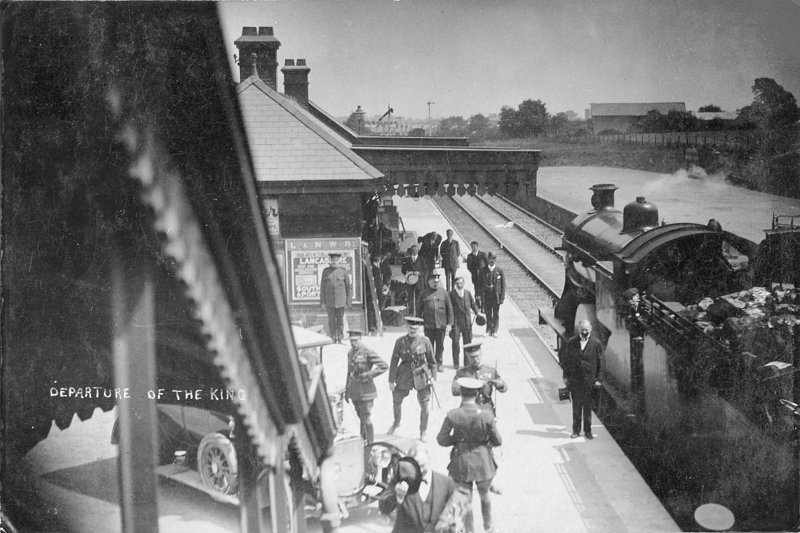
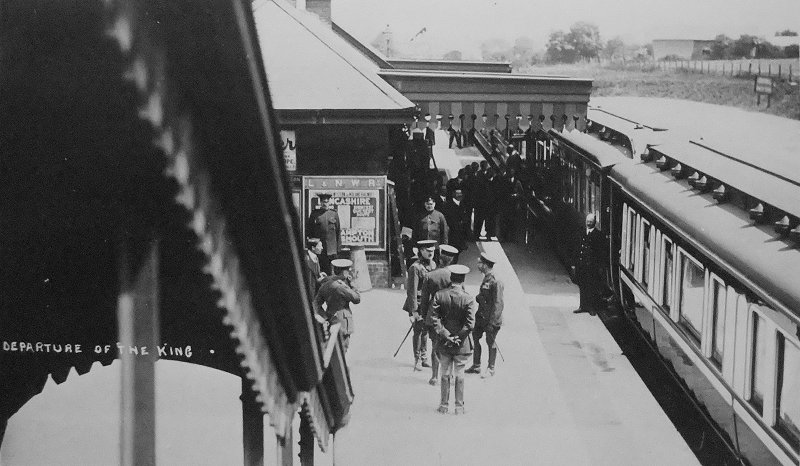
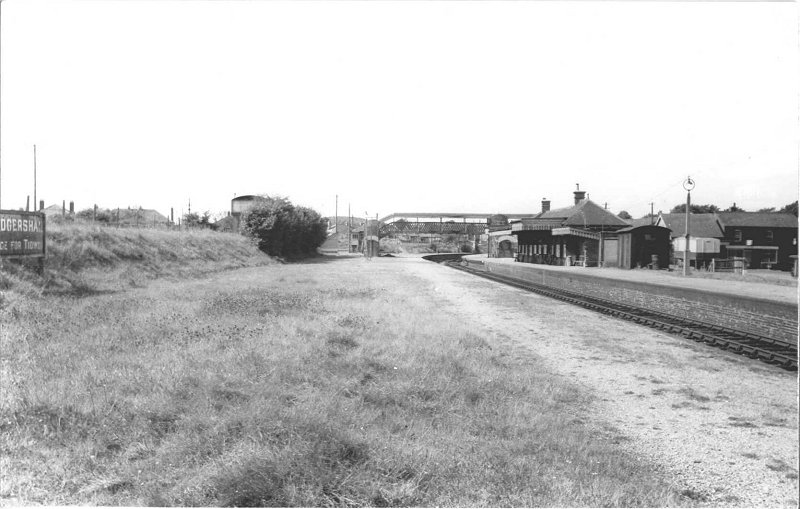
Looking north, the running in board can be seen on the far left hand side
with the station ahead.
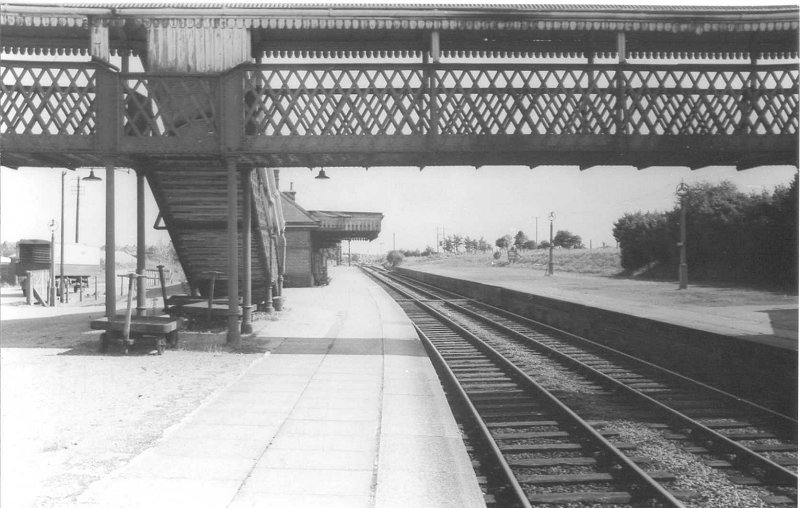
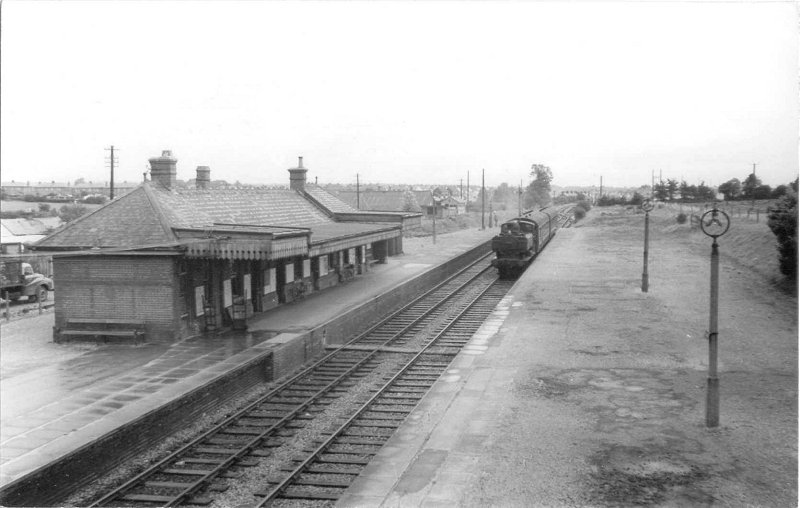
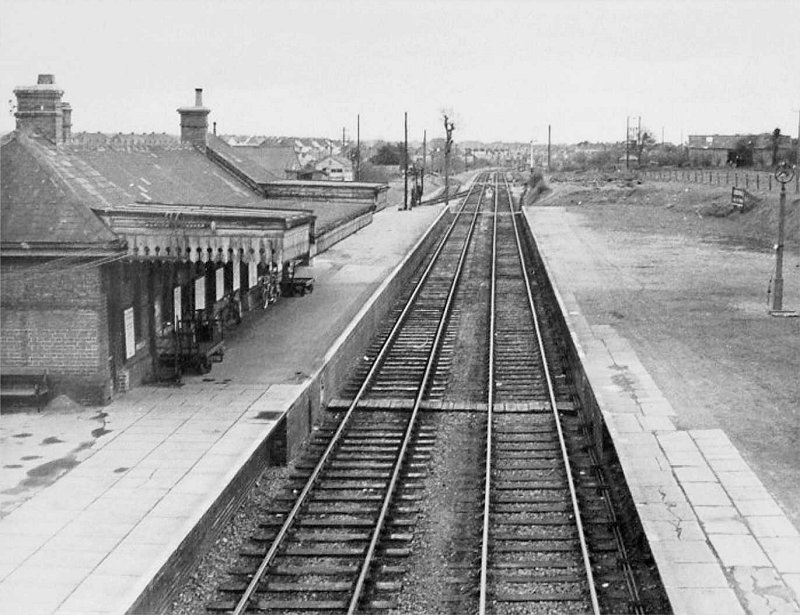
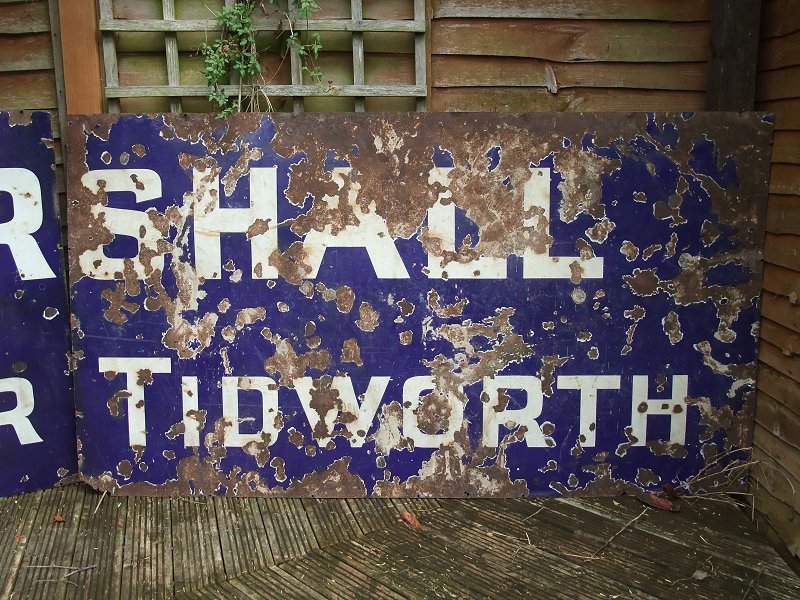
This section of the running in board was located at the Collingbourne, or north end, of Ludgershall station.
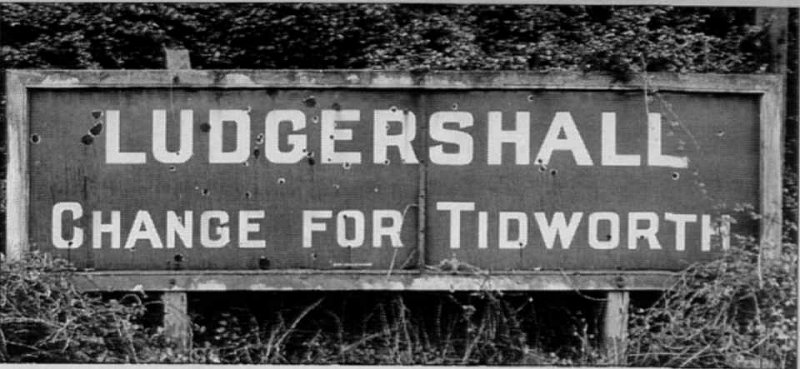
The northern end of the station running in board. If you look closely, you can see that the right hand section of this board
matches the piece above, although clearly it has weathered significantly since this photograph was taken c.50 years ago.
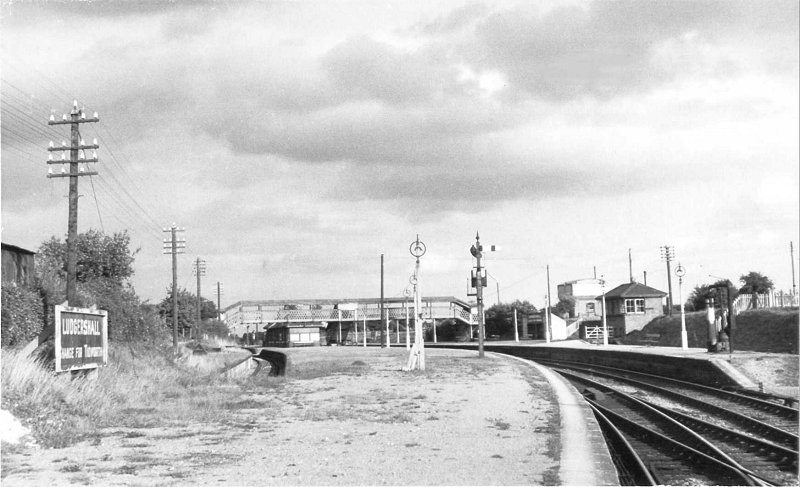
The northern end of the station, with the running in board in place on the left.
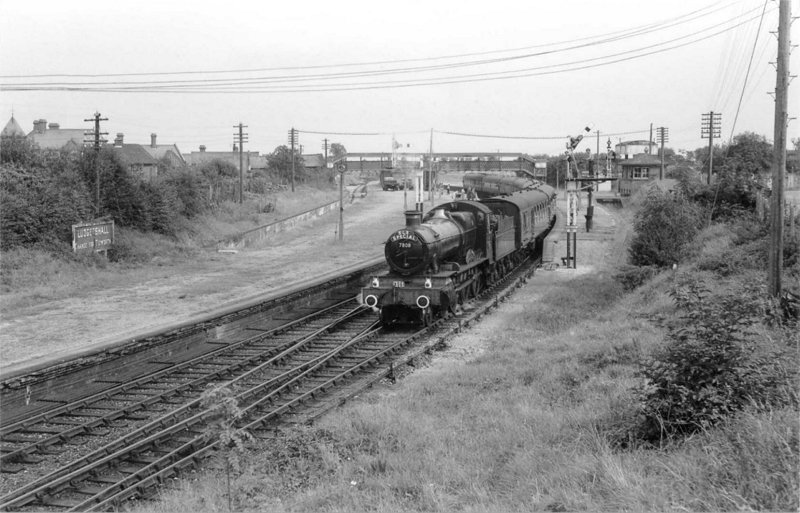
Cookham Manor, now located at Didcot, moves north out of Ludgershall station.
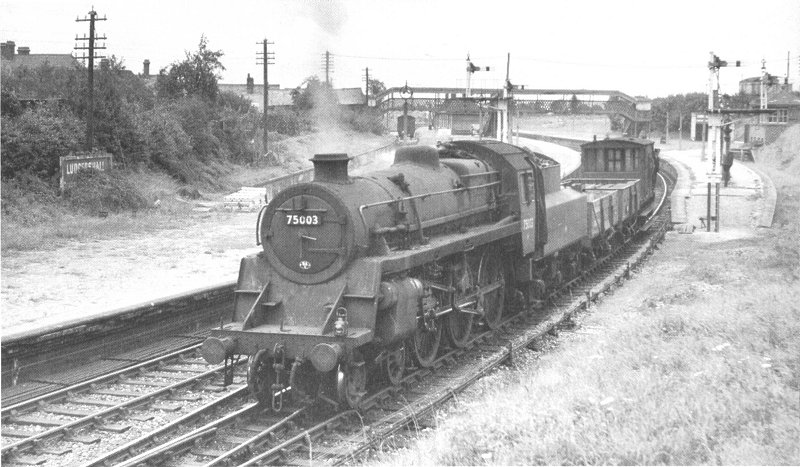
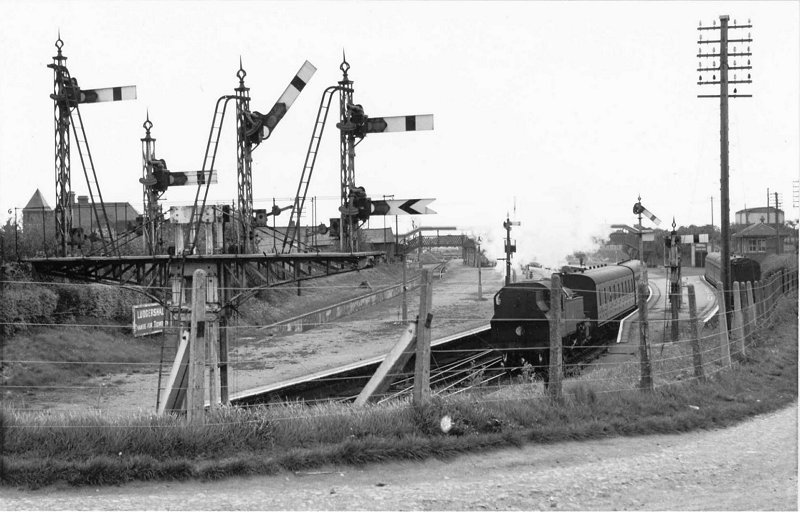
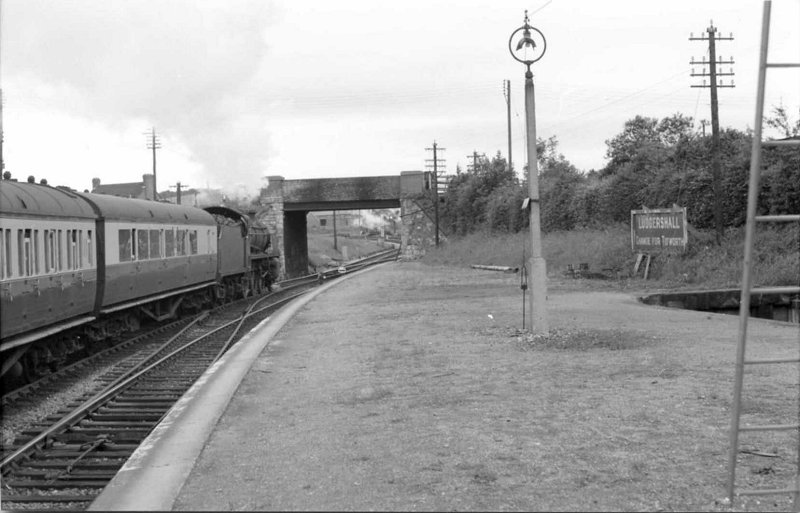
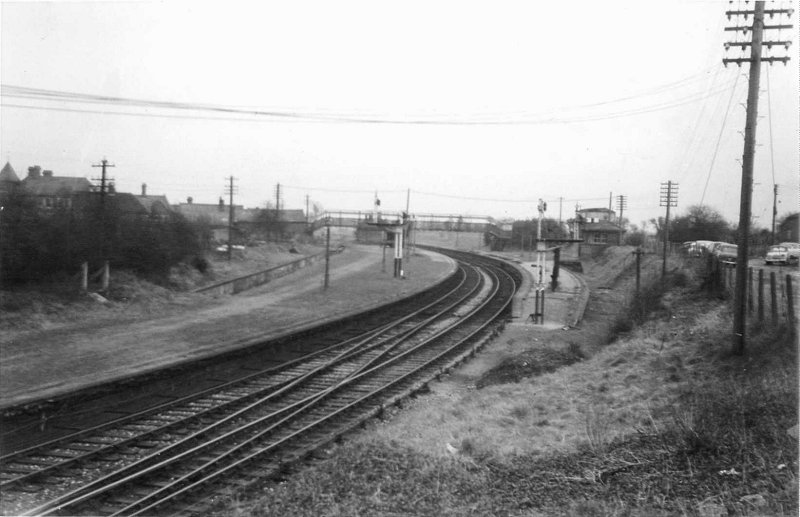
The running in board has disappeared. Perhaps a piece of it is on the ground in front of the wooden supports?
But, guess where the better halves of the running in boards ended up in the late 1960's
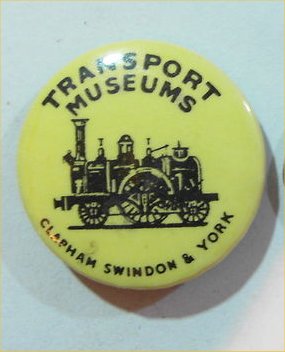
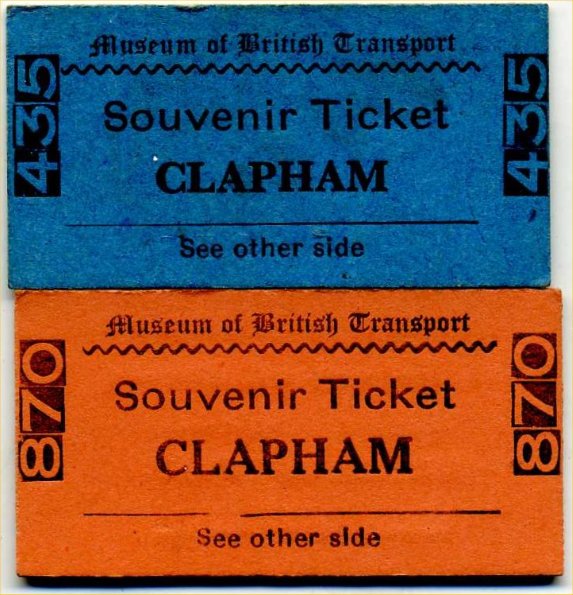
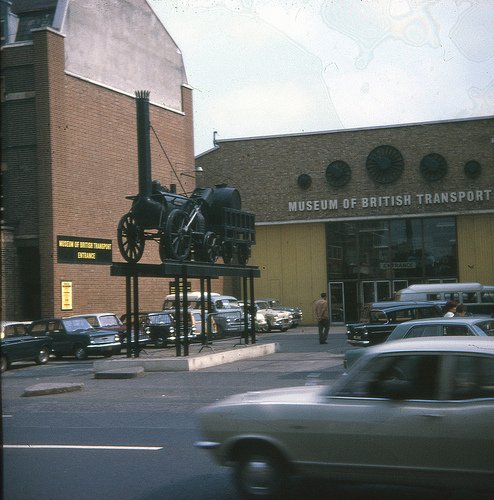
Yes, The Museum of British Transport, Clapham
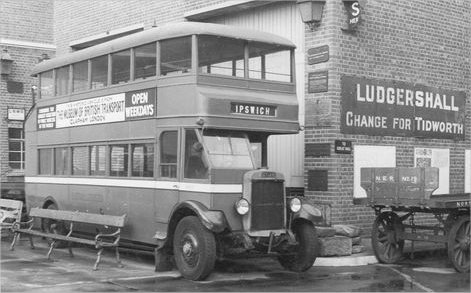
And on the right hand wall of the museum was placed this.......no it's not Ludgershall bus station. It really is Clapham. Have a look
here (it's behind the green bus).
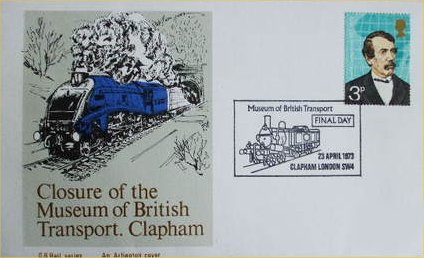
But then, in April 1973.
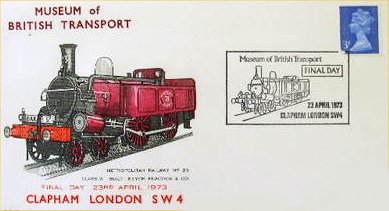
After Clapham their running in board pieces went to....
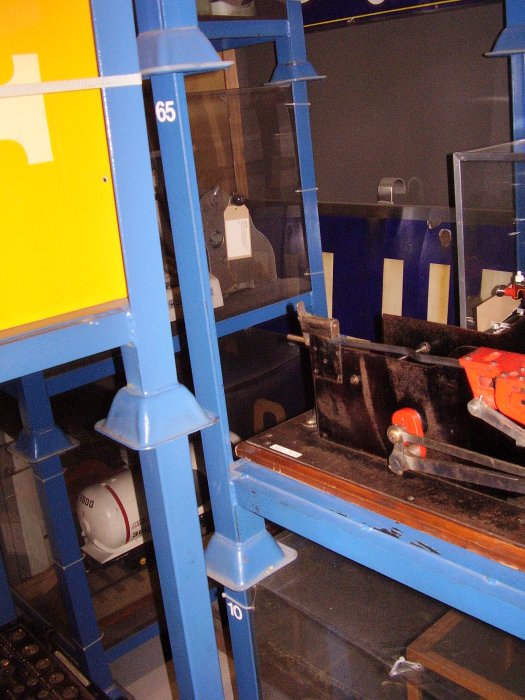
York Railway Museum, where they are today.
The 'L', 'U' and 'D' of Ludgershall can be seen as can the 'C' of Change for Tidworth.
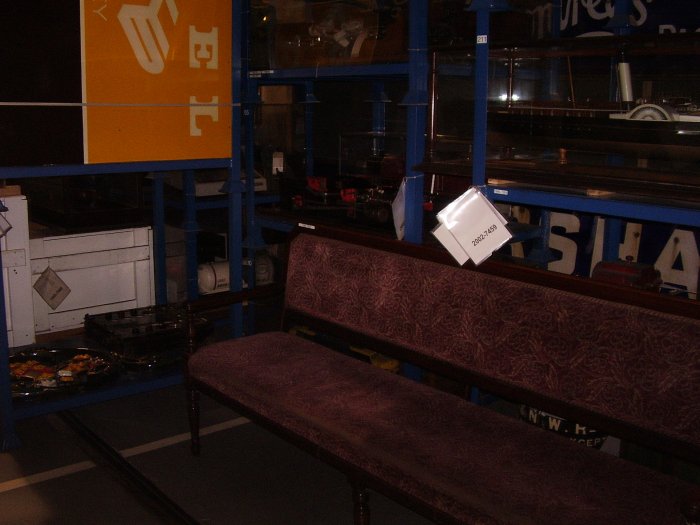
Specifically, the Ludgershall running in board is in the York collection, Inventory no. 2002-7459.
It is located in the 'Warehouse' area of the museum, (location C2/C3). I'd like to say it is on display, but unfortunately it is actually
tucked away behind some racking and therefore only a small part of it is visible at present!
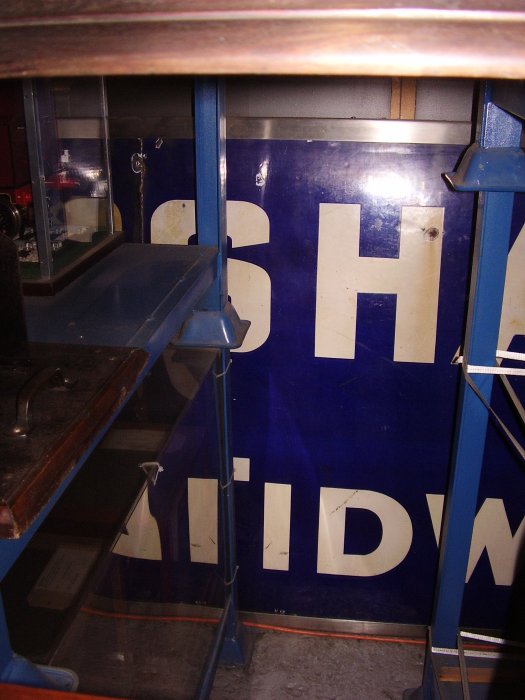
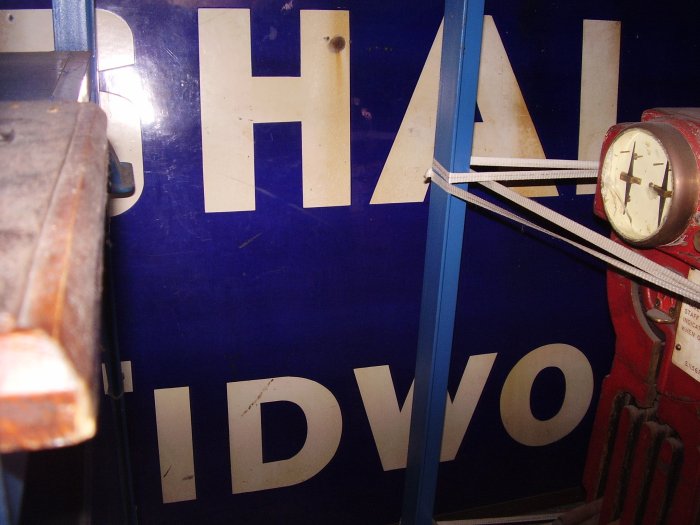
So now, the better halves of the two running in boards that used
to be at Ludgershall are at York Railway Museum, whilst the not so good halves are in a back garden. Does anyone, by any chance, know a good enameller?
MSWJR Bridge Numbers
All the M&SWJR bridges were numbered. Bridge number 14 (plate below) was located just north of Ludgershall station
as can be seen from the map.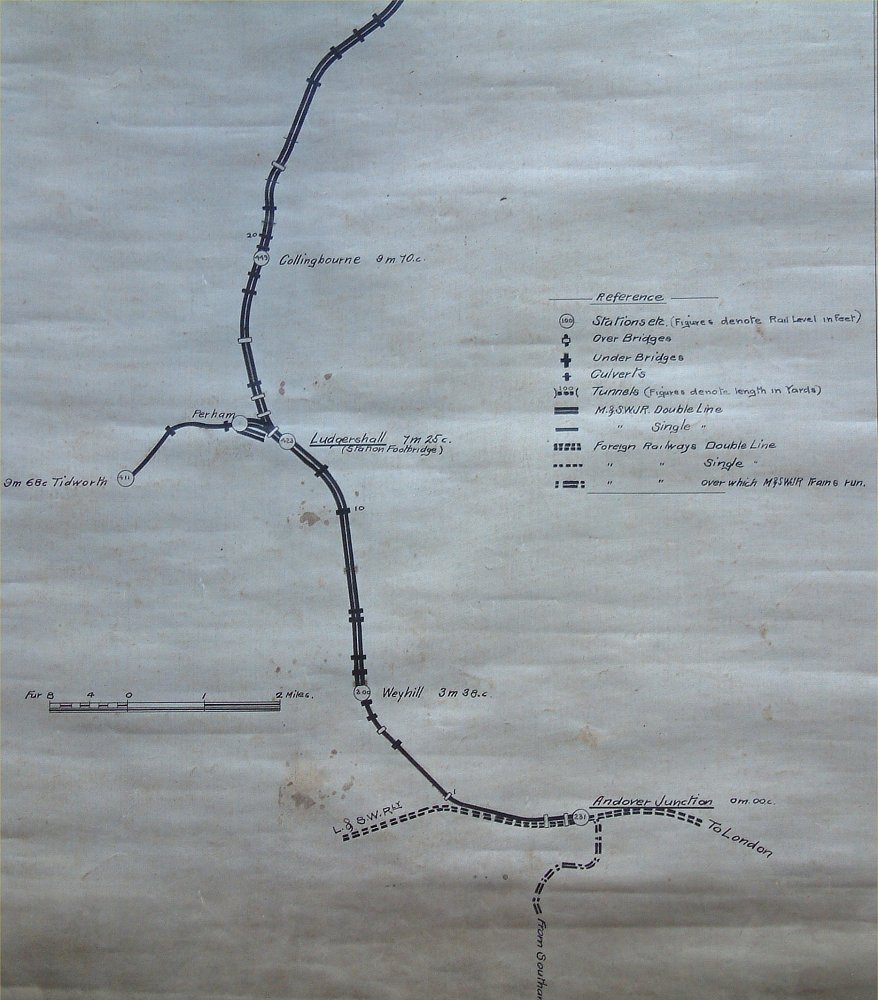
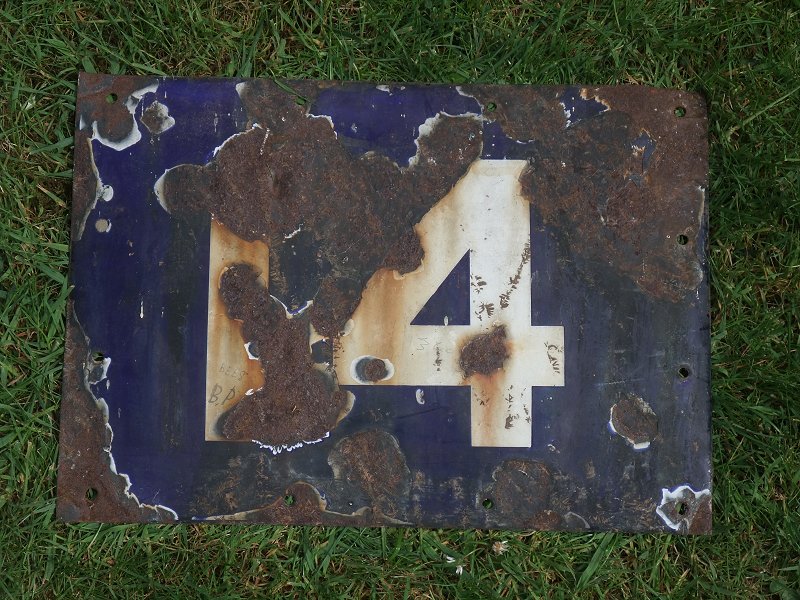
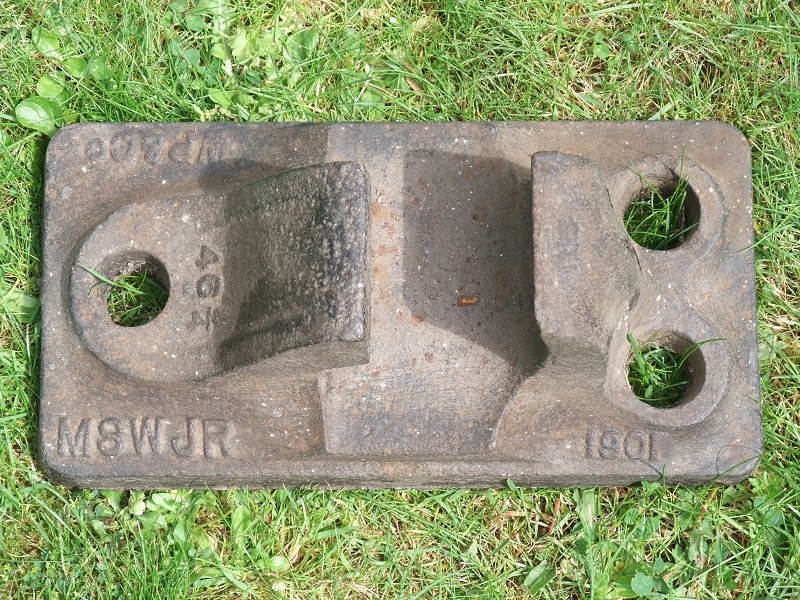
M&SWJR chair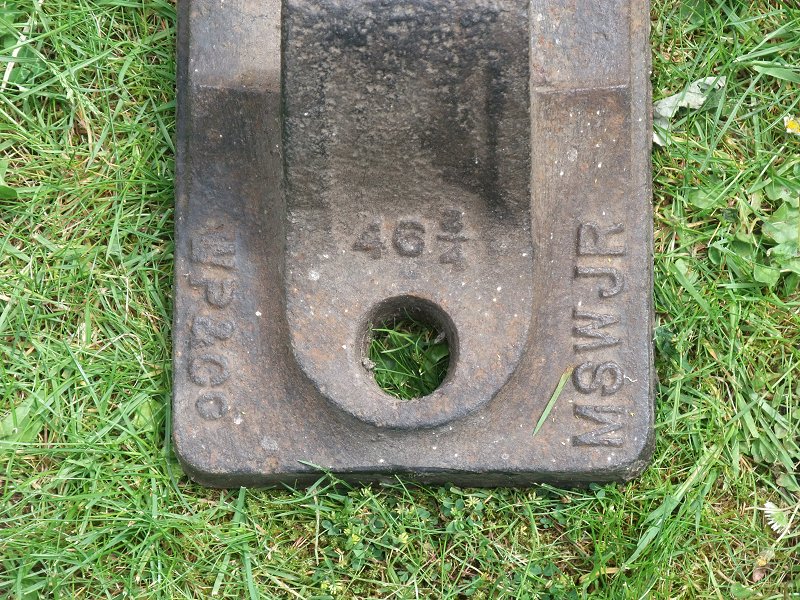
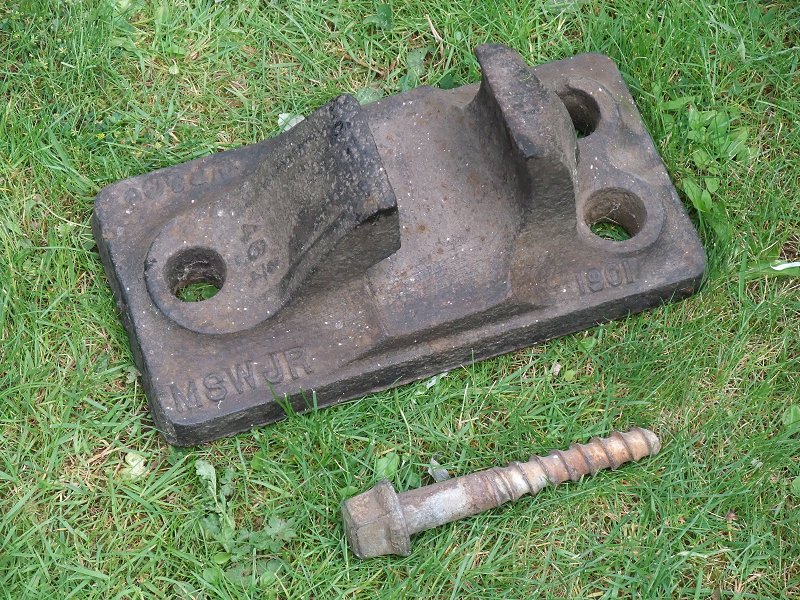
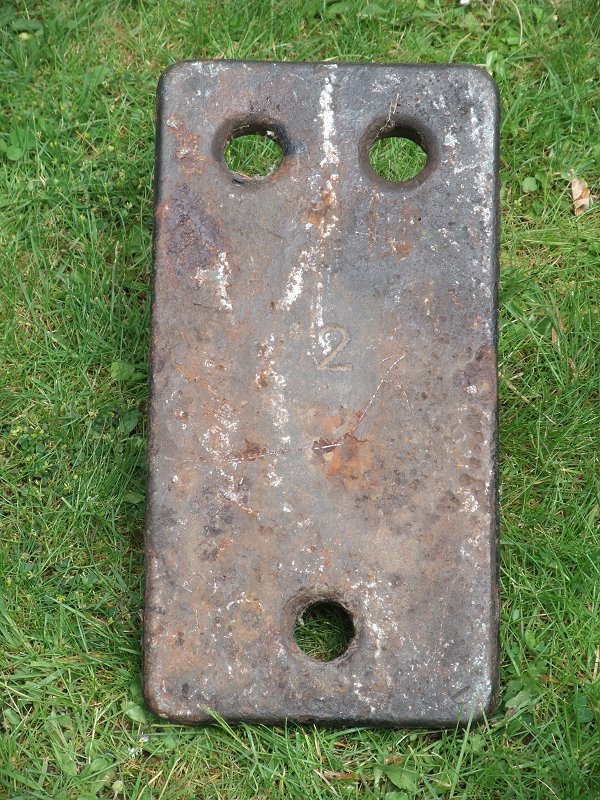
Can anyone tell me what the '2' means?
Rushey Platt
(This next section has a very tenuous link to the section above.)
In Swindon, a housing estate has been built on the area surrounding the old Rushey Platt station. Surprisingly, the developers have had great trouble in ensuring all the signs are spelt correctly. As you can see from the following pictures, there is Rushey (correct) and Rushy (incorrect) and Red Post (correct) and Red Posts (incorrect). Most surpringly, the same street is named Red Post at one end and Red Posts at the other!
There is also a Tidworth Close and Ludgershall Road (the tenuous link), spelt correctly.
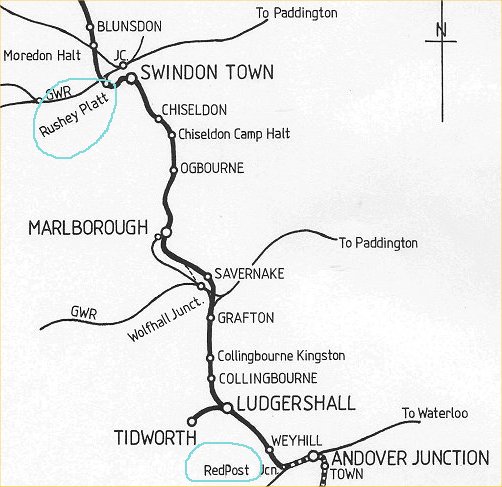
A map of the railway with the two areas circled.
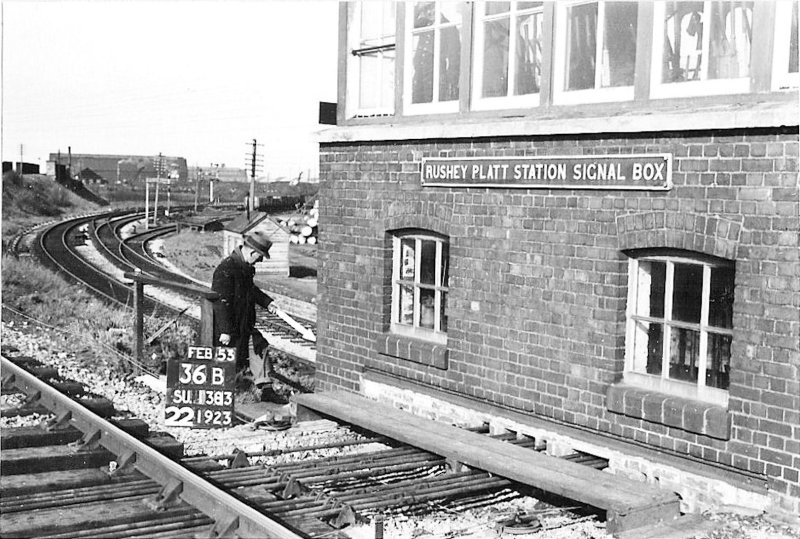
Rushey Platt in 1953, courtesy of the 'Man with the Stick'.
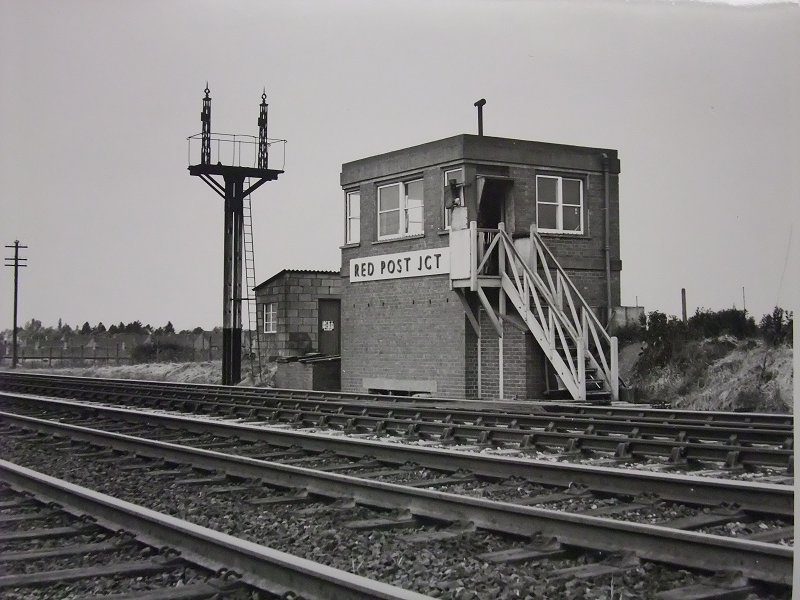
Red Post Junction signal box on the L&SWR near Andover.
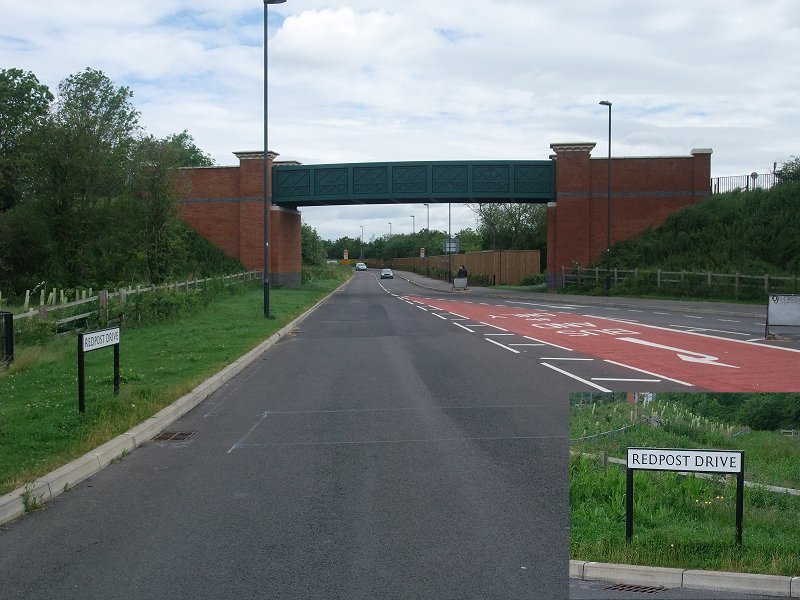
The new extension and southern end of Red Post Drive (spelt correctly) runs under the old M&SWJR line that ran
into Rushey Platt on the left from Swindon Town.
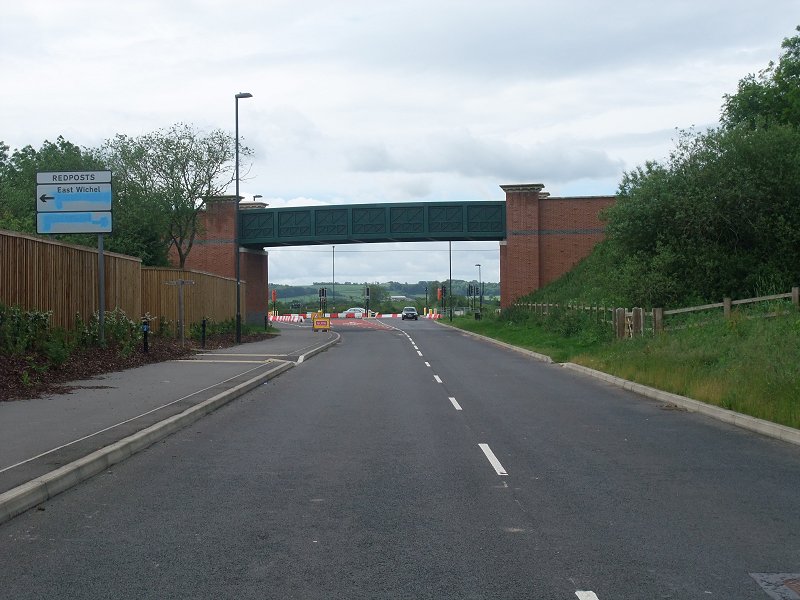
On the other side of the bridge it states Red Posts.
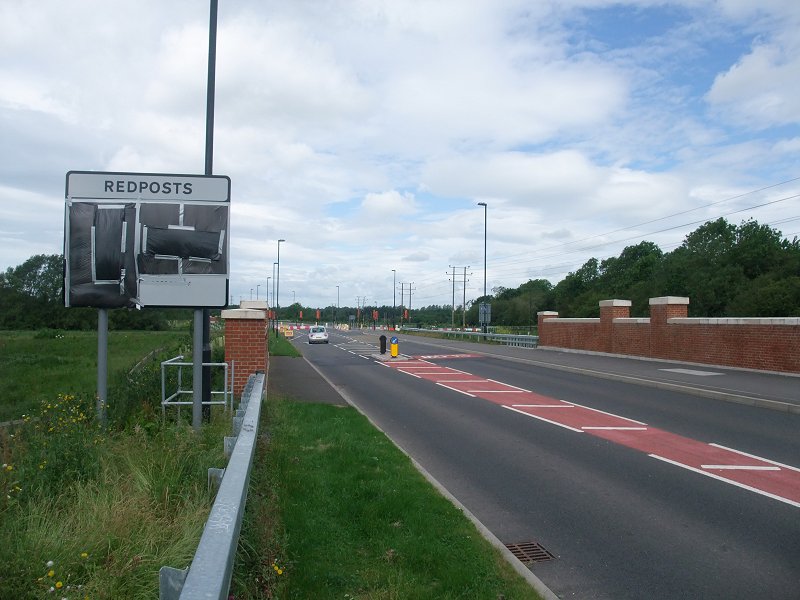
And again.
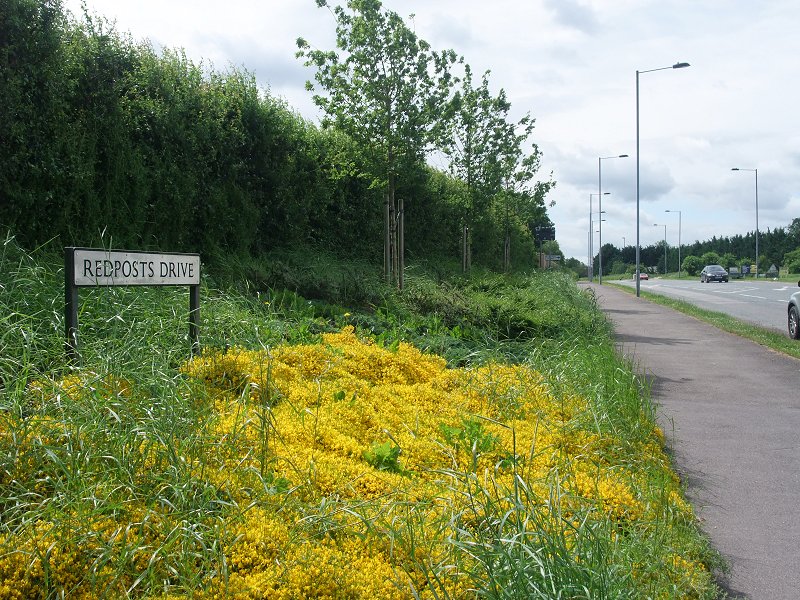
At the Wootton Bassett Road end of the road an extra 's'
exists on the road sign. As shown above it's correctly missing from the road sign at the other end of the drive.
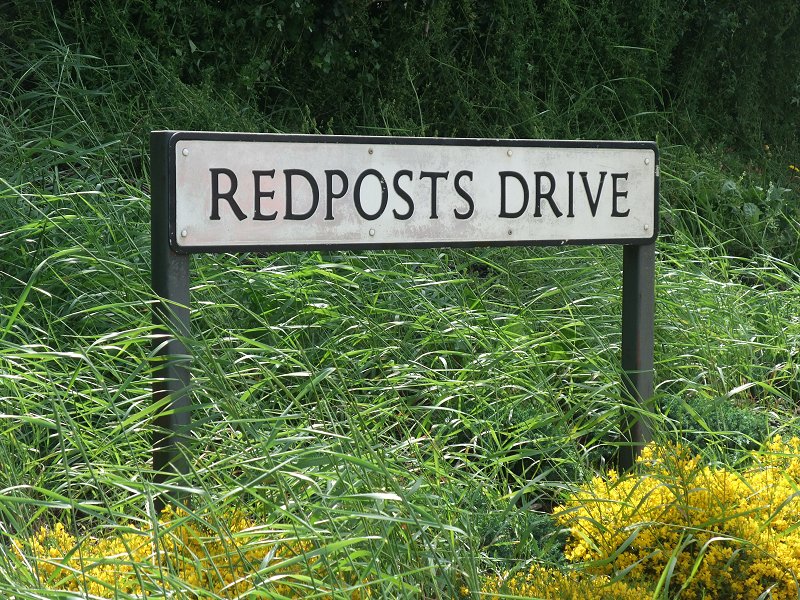
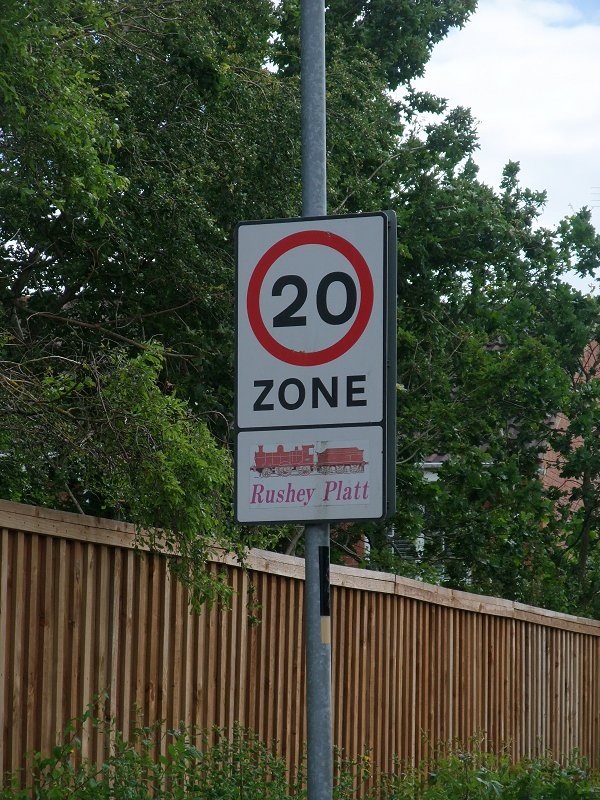
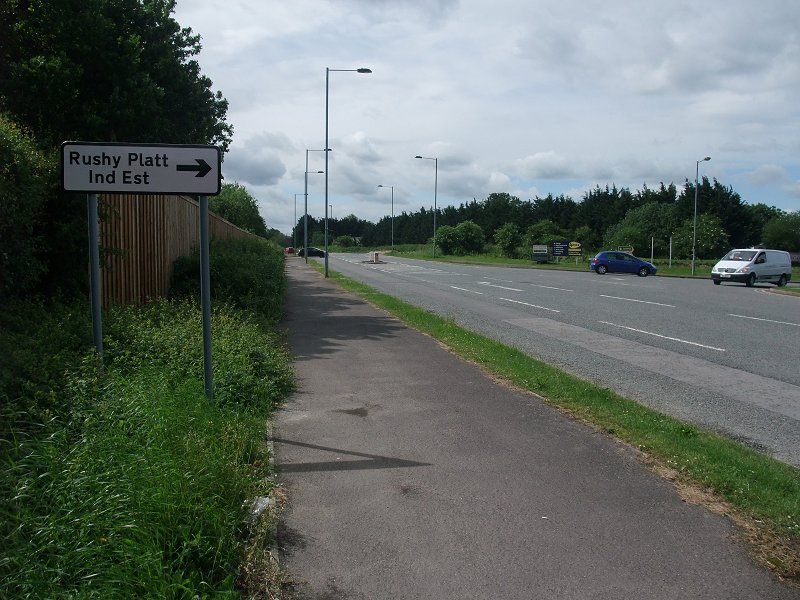
Rushey Platt Industrial Estate has lost an 'e'.
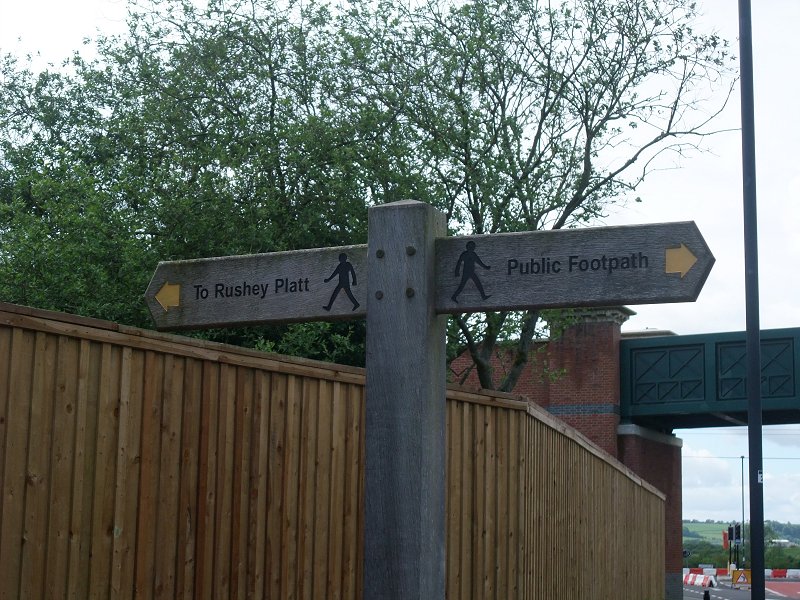
...but the area has regained the 'e' for the path.
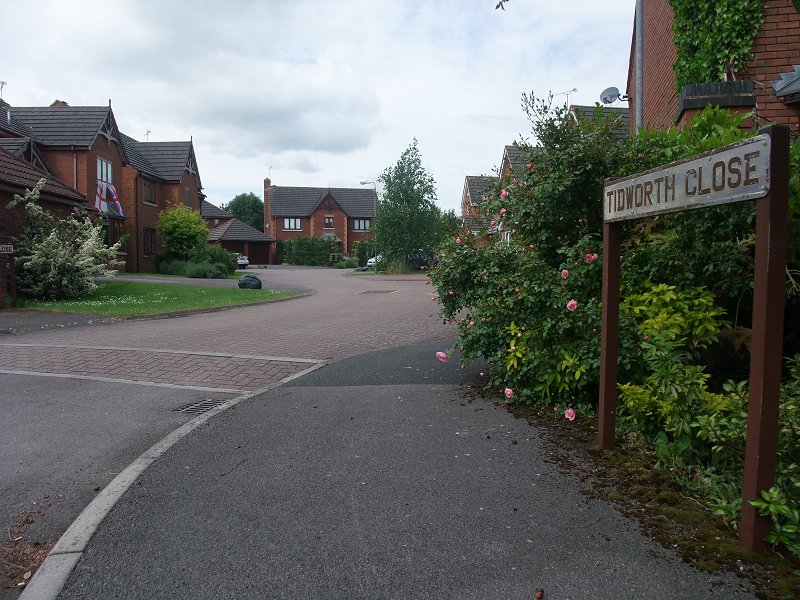
Tidworth Close in the Rushey Platt estate.
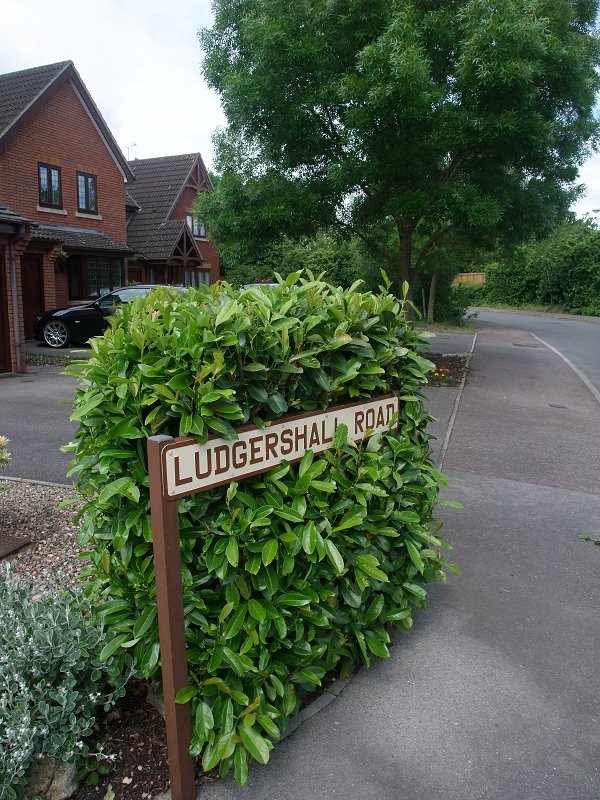
Ludgershall Road in the Rushey Platt estate.
Back to the home page